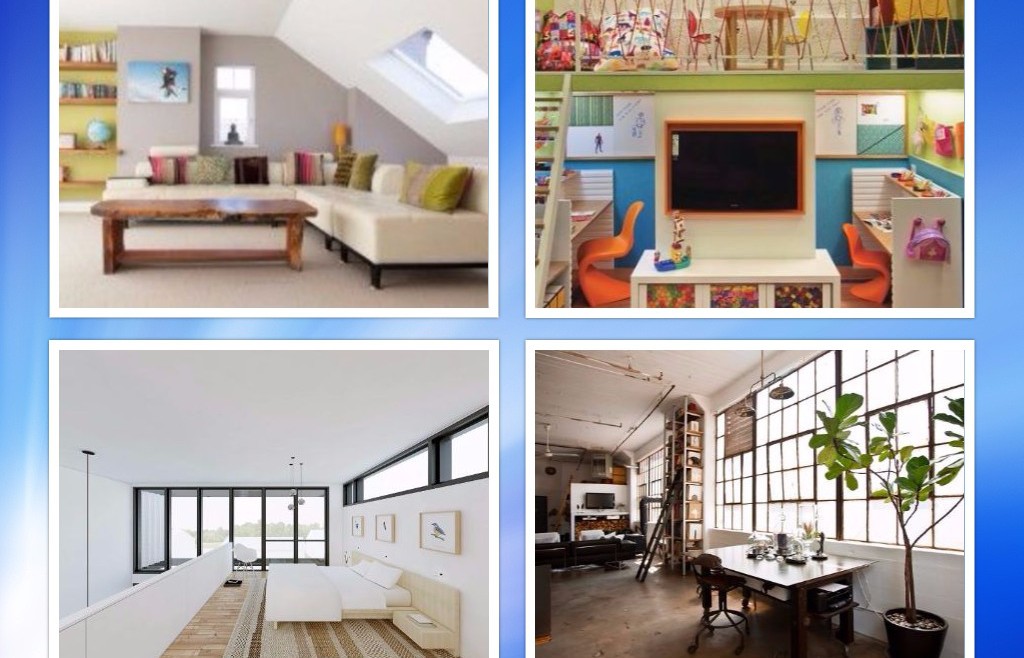Choosing the Right Walkway
https://imaginahome.com/wp-content/themes/osmosis/images/empty/thumbnail.jpg 150 150 Nisha Muire Nisha Muire https://secure.gravatar.com/avatar/09971b406125a2f92a37bf65b08fd3c3?s=96&d=mm&r=g
The walkway leading to your front door is an integral part of your Toronto home’s curbside appeal. Without a decent-looking walkway your home will look incomplete and unfinished. The kind of look you want for your property will dictate the kind of material that you choose for your walkway. In fact, walkways can run the gamut from poured concrete to wood to mosaics. Each medium has its own beauty and level of difficulty in application.
Concrete
Concrete is probably the longest-lasting material you can use for your walkway. Whether you hire someone to do it or do it yourself, concrete will require the proper prepping of the walkway site and the proper mixing of the concrete itself. Once poured, you can get creative and add patterns and/or whimsical elements to add dimension and visual interest to the walkway. When concrete is poured, you have to make sure that is cures slowly and remains slightly damp so that it is evenly dry throughout. Once it is fully dry, you will need to seal it ensure it lasts for as long as possible.
Flagstones
Flagstones are a very popular when it comes to walkways. However, flagstones can also be quite expensive if you are using natural stones. Artificial or composite stones are less expensive but don’t always have that unique look that natural stones impart. Flagstones can be laid out in a similar way to regular interlocking bricks or they can be laid down in a less formal way with grass in-between each stone. The latter option is easier to install and requires fewer stones, but more maintenance.
Mosaics
For the more ambitious, creating a mosaic out of stones, rocks, glass or other materials is a great option for really making the pathways around your home unique and memorable. Although requiring a lot more work, they can last a lifetime and are truly an expression of your unique personality.
Wood and Gravel
Wood and gravel are other very viable options for walkways. They add a different kind of sensibility to a home. While wood is warm, earthy and more organic, gravel is more a casual, contemporary and clean option.
Concrete
Concrete is probably the longest-lasting material you can use for your walkway. Whether you hire someone to do it or do it yourself, concrete will require the proper prepping of the walkway site and the proper mixing of the concrete itself. Once poured, you can get creative and add patterns and/or whimsical elements to add dimension and visual interest to the walkway. When concrete is poured, you have to make sure that is cures slowly and remains slightly damp so that it is evenly dry throughout. Once it is fully dry, you will need to seal it ensure it lasts for as long as possible.
Flagstones
Flagstones are a very popular when it comes to walkways. However, flagstones can also be quite expensive if you are using natural stones. Artificial or composite stones are less expensive but don’t always have that unique look that natural stones impart. Flagstones can be laid out in a similar way to regular interlocking bricks or they can be laid down in a less formal way with grass in-between each stone. The latter option is easier to install and requires fewer stones, but more maintenance.
Mosaics
For the more ambitious, creating a mosaic out of stones, rocks, glass or other materials is a great option for really making the pathways around your home unique and memorable. Although requiring a lot more work, they can last a lifetime and are truly an expression of your unique personality.
Wood and Gravel
Wood and gravel are other very viable options for walkways. They add a different kind of sensibility to a home. While wood is warm, earthy and more organic, gravel is more a casual, contemporary and clean option.

